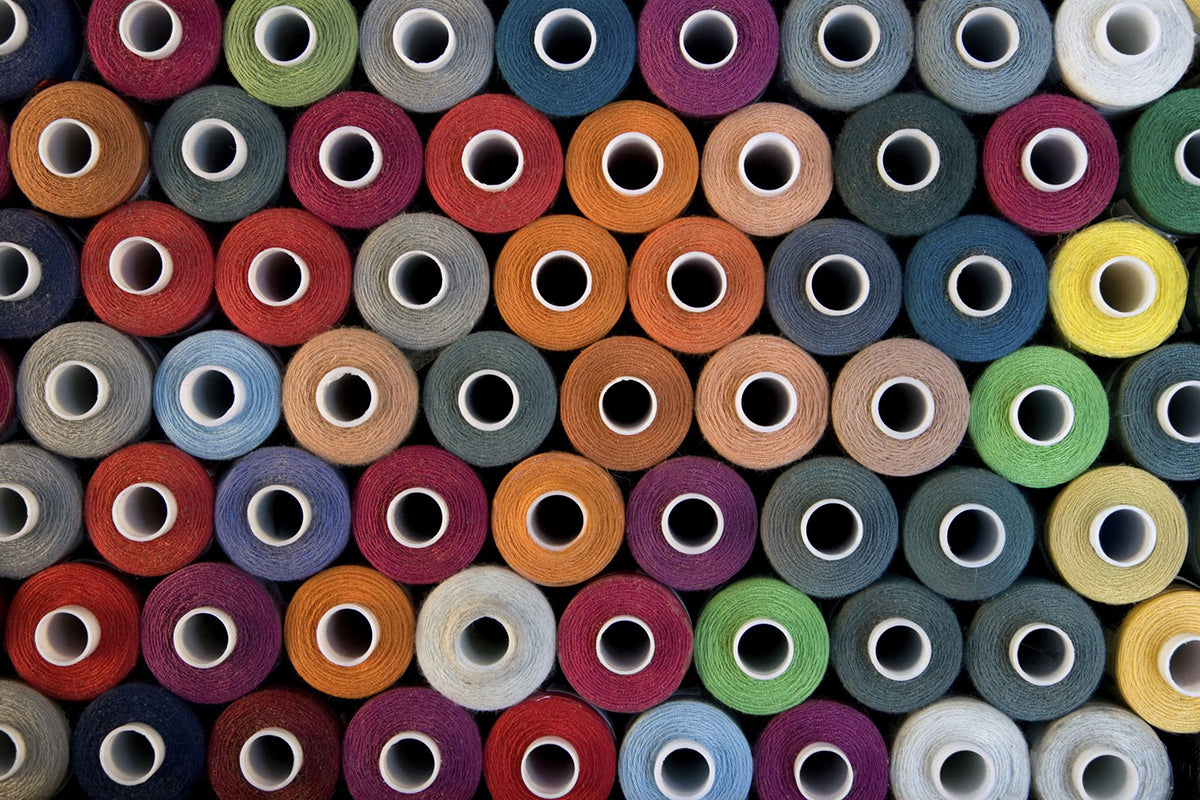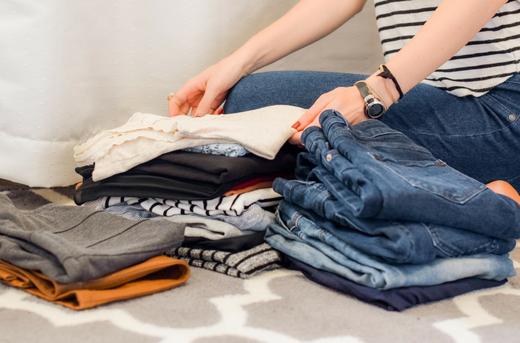You might have thought about using deadstock in your next project (or you might have already used it). One reason why using deadstock is a great option is because it is sustainable, and whilst we might be biased, we do think that using this leftover fabric is one of the most sustainable options there is out there. So just why is using deadstock such a great choice for our planet? To help, we put together a few points for you.
Deadstock fabrics have already been produced
For us, this is one of the biggest reasons why using deadstock is so sustainable - the fabric has already been produced and so no new resources are needed to make even more fabrics (most of which will end up as more deadstock). You will have heard us mention this before(!), but every year this equates to $100 Billion. So by using these fabrics and not having more fabrics made, you are helping to use up what is already there and what would one day end up in the landfill. One brand who is doing this is women's clothing and accessory brand, Tonlé. They produce their goods using leftovers from factories in Cambodia.
You are helping to save more water being used
Every time more fabric is produced, it requires an enormous amount of water in the process. According to WWF, its requires a staggering 20,000 Litres of water to make just enough Cotton to make a single t-shirt and pair jeans! When we think of this in 'normal' terms, this is equivalent to filling up approximately 133 bath tubs full of water! However, this is just the first step. At the product manufacturing stage, it then requires a further 5,000 Gallons of water to manufacture the t-shirt and pair of jeans! By using deadstock means you are not using/ordering fabrics that need to be produced.
You are stopping the water and fabric from ending up in the landfill
By using leftover fabrics, not only are you stopping the fabrics from ending up in the landfill or being burned, you are stopping the huge amount of water that was used in the first place from going waste. Alongside this, when the fabrics are sent to landfill or burned they can then sometimes release chemicals into the atmosphere which then destroys the ozone layer.
If you do make pieces out of deadstock, please do share your creations with us as we love to see what you all make out of what would otherwise be waste! For some inspiration (or just to have a browse!), check out our inspiration page showcasing some work from some very talented clients!




